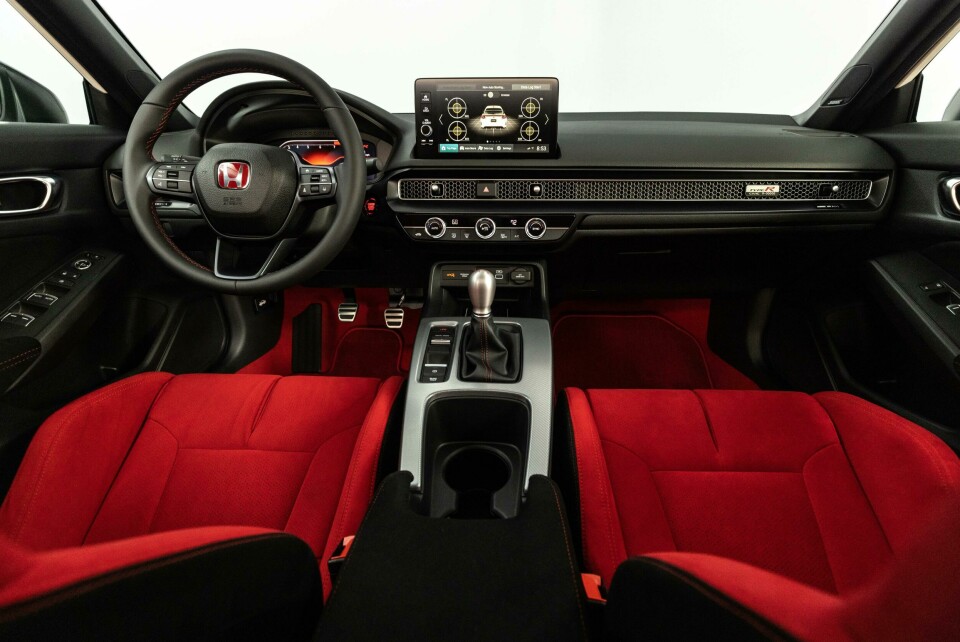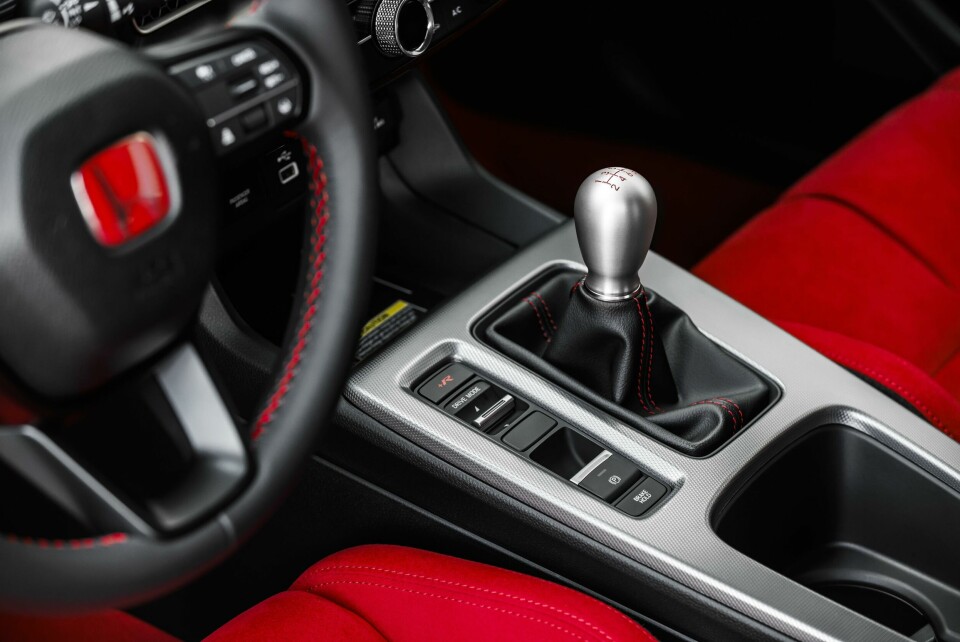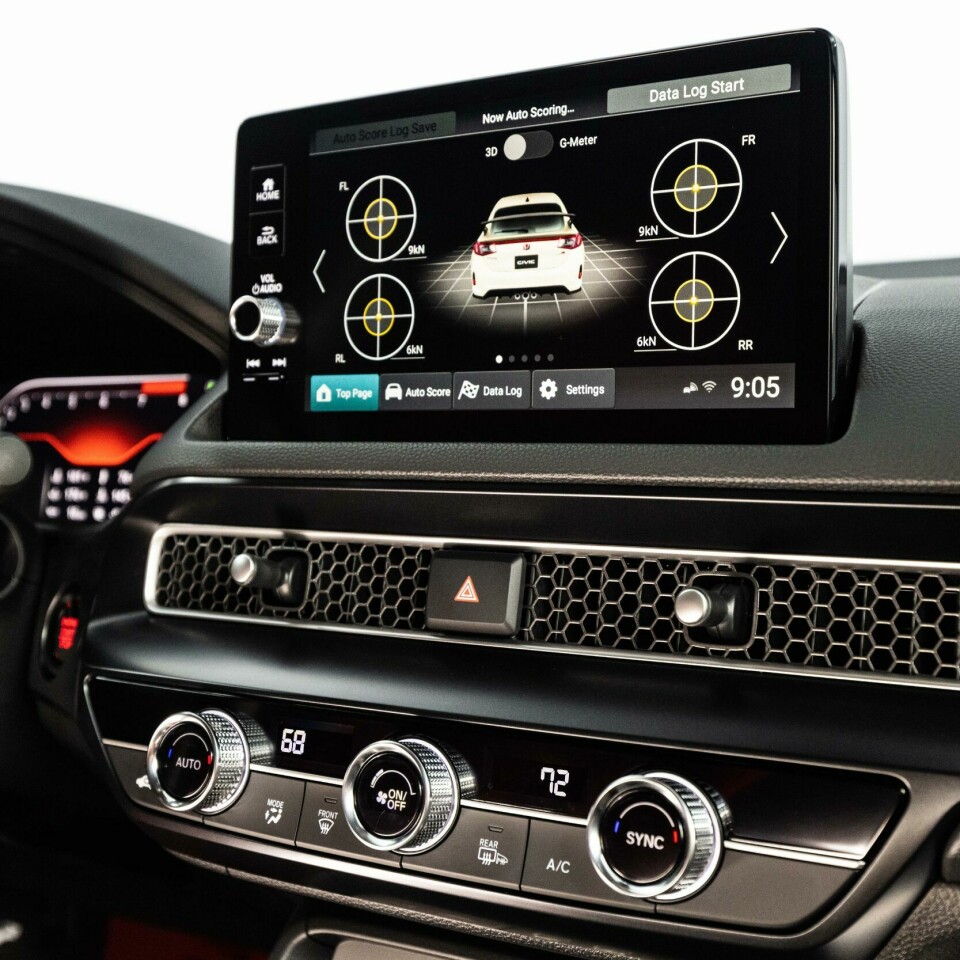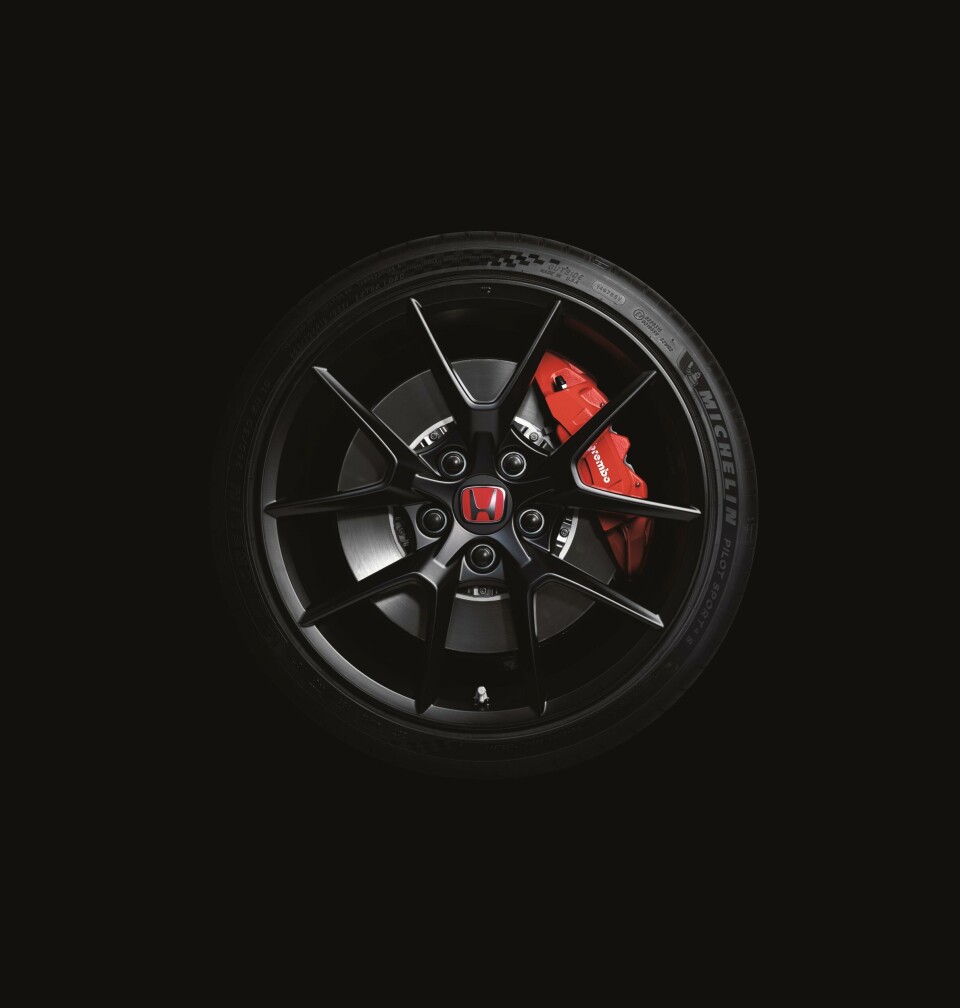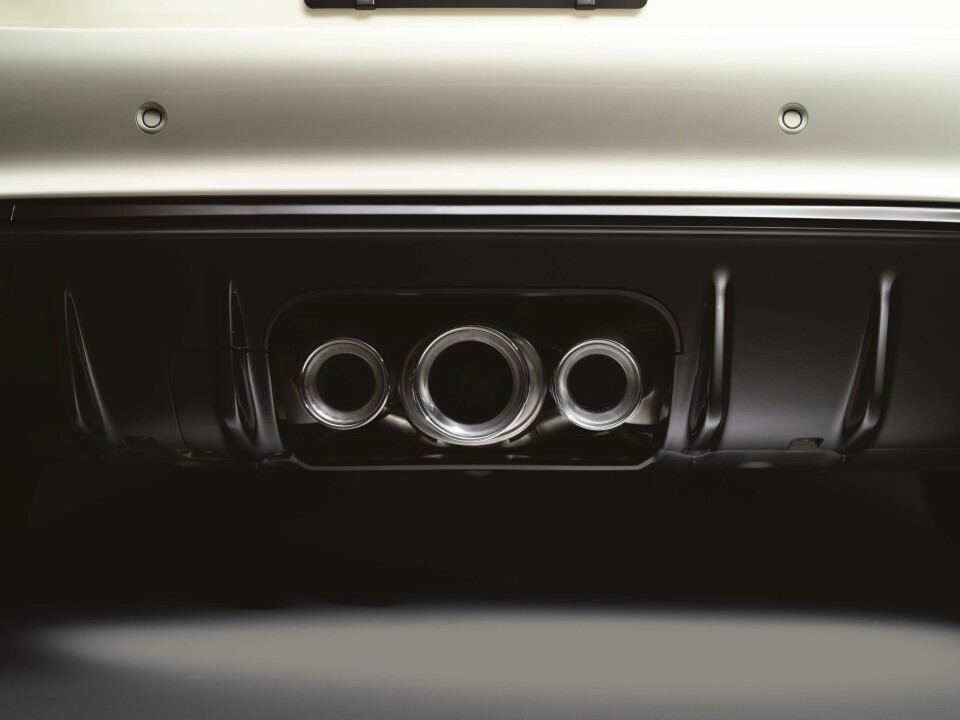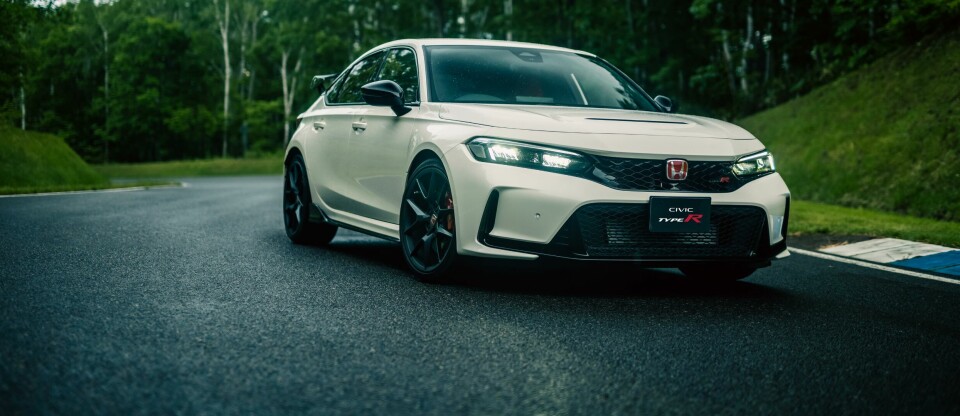
No surprises as Civic Type R goes performance first
The Civic Type-R dynasty continues, with the sixth-generation staying true to form. Honed on the asphalt of Suzuka, it cuts an even more aggressive figure than usual
Five decades after the launch of the original Civic and 25 years after its Type-R variant first broke ground, Honda has revealed the latest generation of its iconic hot hatch. The formula is very much the same, with anchored handling, loud styling and an even louder engine.
As is the case for practically any new car today, aerodynamics has played a major role in its exterior design. This may be further emphasised by the fact it is based on the Civic eHEV base model, which has looked toward reduced drag as means of maximising its hybrid powertrain. But worry not; the Type R has not been overly softened, with hard lines, heavily flared arches and a gaping front grille holding their own.
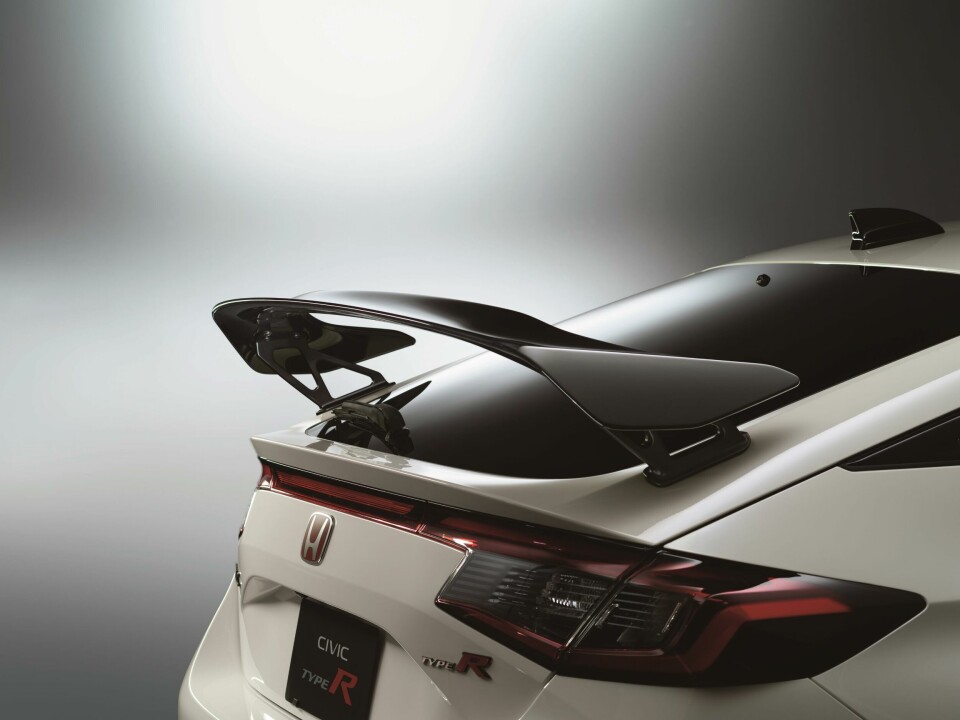
The first Civic Type-R came in 1997 and is now in its sixth generation (although the 2023 model will be just the second Civic Type-R model sold in the US.) Honda’s designers aimed for an even more aggressive looking Type R this time round – no mean feat considering the snake-eyed glare of the previous generation.
To shake things up, revised air intakes flick upwards at each edge of the lower mask. This is more than aesthetic: air is funnelled both to the engine and around the front end. Vents behind the front wheels – hidden when viewed front on – also help to optimise air flow. If the standard Civic carries an innocent face, the Type R is unashamedly aggressive. Honda opts for the term ‘powerful’ and it’s hard to disagree.
At the rear, a towering rear spoiler (in true Type R aesthetic) not only screams ‘sportiness’ but also pushes the car into the road for added grip. The car’s already stout frame is further emphasised by a wide rear diffuser that houses a trio of exhaust pipes and swollen rear fenders that blend into the body. Like the front, slim side grilles at each edge of the lower mask add width and boost its aero credentials.
The plan was to bring the gravitas of a race car to what is otherwise a five-door family hatchback. Careful attention went toward accenting functional elements such as the spoiler and air intakes, even considering how light reflects off certain details. An intricate series of digital and clay models – a subject that CDN will soon be diving into in upcoming coverage and as part of the first CDN People Awards this year – helped to bring this vision to reality.
Inside, there is a familiar splash of colour and a restrained mix of HMI touchpoints – it is a driver’s car first and foremost, of course. Aside from a trio of dials and central hazard light button, there really is very little going on. There are no yawing digital screens stretching from pillar to pillar as with many new models, although the single central display is hardly inconspicuous. Honda makes clear that this is less about infotainment and more about recording lap times, observing torque split, tyre pressures and anything else that may be of interest while driving on the red line.
Speaking of red, those bright crimson bucket seats (and matching carpets) make clear this is a car honed on the track. Most importantly, those splashes of red tie in with the enduring Type R aesthetic. Dual cupholders are a reminder that this car is just as comfortable on a motorway slog as it is at the Suzuka Circuit (where it recently set a new front-wheel drive production car track record no less). A pleasant brushed metal gearknob and mesh strip along the dash complete a minimalist interior.
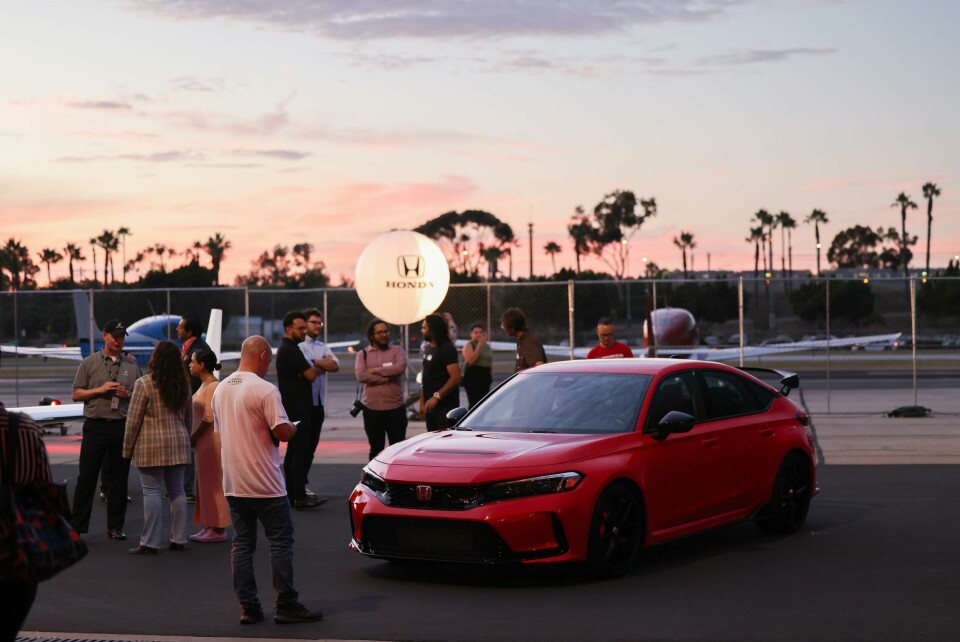
Hideki Kakinuma, development leader for the new Civic Type R, says the idea was to combine “unparalleled driving pleasure” with “sophisticated design.” Exterior designer Dai Hara adds that the latest incarnation of Honda’s definitive hot hatch carries a “more aggressive and three-dimensional” expression than previous generations.
In a market dominated by high-riding hatchbacks and polished, bean-shaped EVs, models such as the Type R are a breath of fresh air. How its overt design principles may hold up in a world of electric powertrains remains to be seen – but don’t count on future generations to be watered down.
